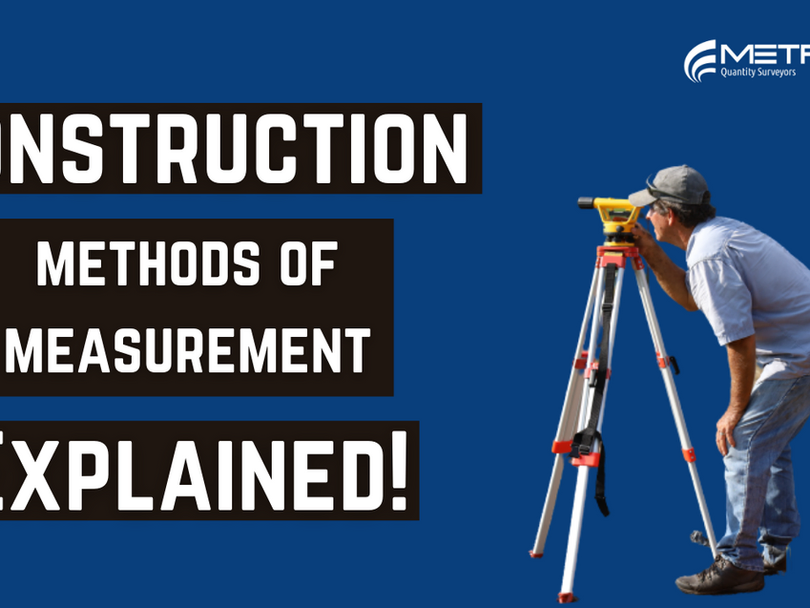Brief History:
Method of measurements have historically always been produced in order to provide the construction industry with a standard set of rules for various aspects of a construction project. This includes estimating, cost planning, procurement, and even whole-life costings for construction projects of all shapes and sizes. The whole idea behind adopting standard methodology is to facilitate consistency, assist in avoiding disputes and help provide guidelines for benchmarking.
This blog will aim to provide a brief history of the evolution of the Standard Method of Measurement into the New Rules of Measurement or NRM which is what the industry widely uses today. We will then provide an overview of what each of the 3 volumes of the New Rules of Measurement provides, NRM1, NRM2 & NRM3. If you would like to see a more in depth blog or video which explains each of these volumes in more detail, then please search our YouTube channel or this site, as these will very shortly be uploaded for your viewing / reading pleasure!

The Standard Method of Measurement (SMM) was published by the Royal Institution of Chartered Surveyors (RICS). It was first published in 1922, superseding a Scottish Standard Method of Measurement which was published in 1915. SMM went on to have 7 editions published, finishing with SMM7, and its latest revision in 1998.
Since then, SMM7 has been replaced by the New Rules of Measurement suite of documents (NRM) which was first published in 2009, again by the RICS Quantity Surveying and Construction Professional Group. SMM7 has since been rendered almost completely redundant due to advances in technology and health and safety so technically should not be adopted on projects after July 2013.
It is suggested by RICS that together, the new suite of documents will better reflect the way the industry works, for example:
· Better meeting the needs of clients.
· Providing more up-front detail.
· Allowing better consideration of the full costs of a construction project (for example, marketing costs, fees and charges, the cost of acquiring land, planning costs, relocation costs, the cost of finance and so on).
· Providing a better method for quantifying risk.
RICS also suggests that it will facilitate “…greater cross-industry working, the introduction of Building Information Modelling and provide effective analysis of the costs of construction projects” (RICS).
So, what are the 3 volumes that make up the New Rules of Measurement? Let’s take a look…

NRM 1 is: Order of cost estimating and cost planning for capital building works
NRM 1 provides guidance on the quantification of building works for the purpose of preparing robust cost estimates and cost plans. Direction is also given on quantifying other construction project costs which are not reflected in the measurable building work items, such as: preliminaries, overheads and profit / project and design team fees / risk allowances, inflation, and other development and project costs. NRM1 aims to be the cornerstone of enabling good cost management on projects.
NRM 2 is titled: Detailed measurement for building works
NRM 2’s main purpose is to provide guidance on the preparation of Bills of Quantities (BoQ’s for short). The rules address all aspects of bill of quantities (BoQ) production, including setting out the information required from the employer and other construction consultants to enable a BoQ to be prepared, as well as dealing with the quantification of non-measurable work items, contractor designed works and risks. Guidance is also provided on the content, structure, and format of BoQ’s, as well as the benefits and uses of BoQ’s.
NRM 3 is the: Order of cost estimating and cost planning for building maintenance works
NRM 3 provides guidance on the quantification and description of maintenance works. It aims to support individuals and companies in preparing initial order of cost estimates during the preparation stages of a building project, cost plans for all phases and guidance on the procurement and cost control for all things relating to maintenance, rather than the initial construction of a building or structure.






